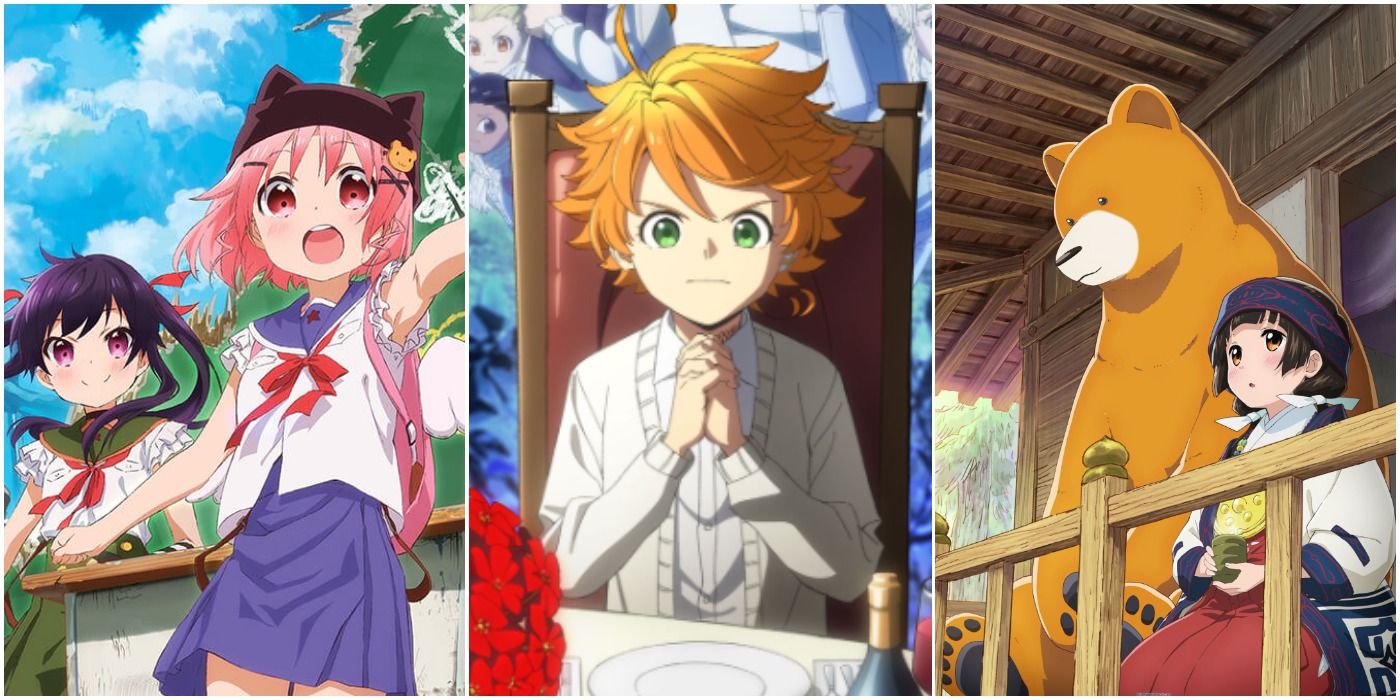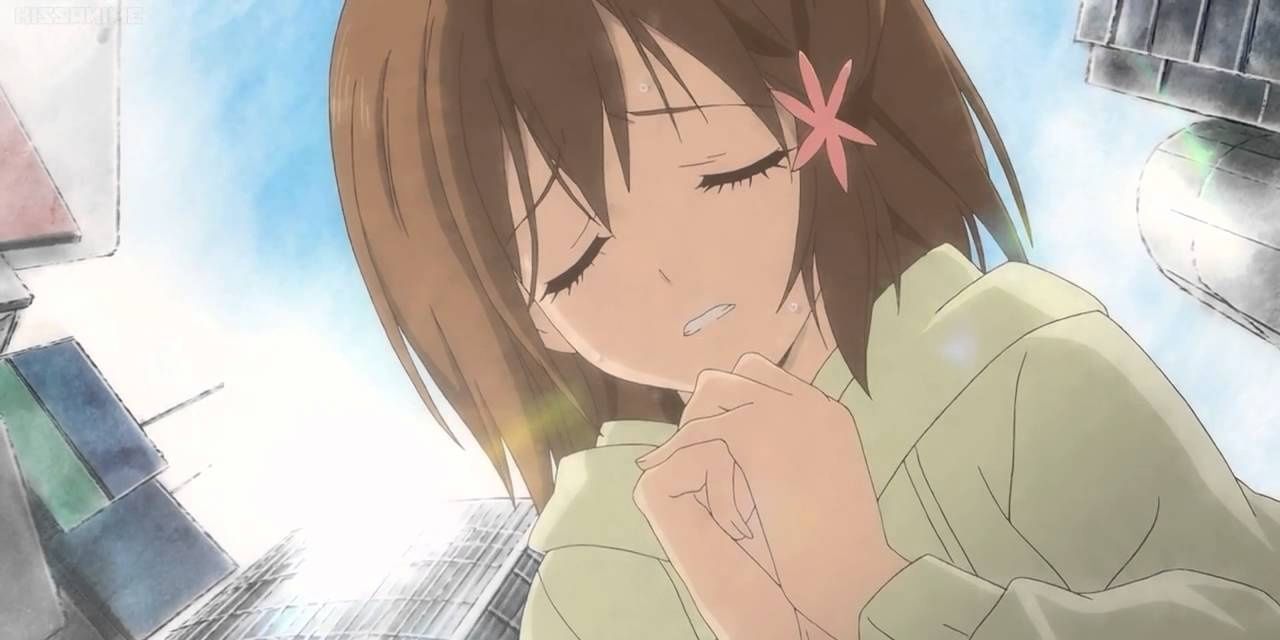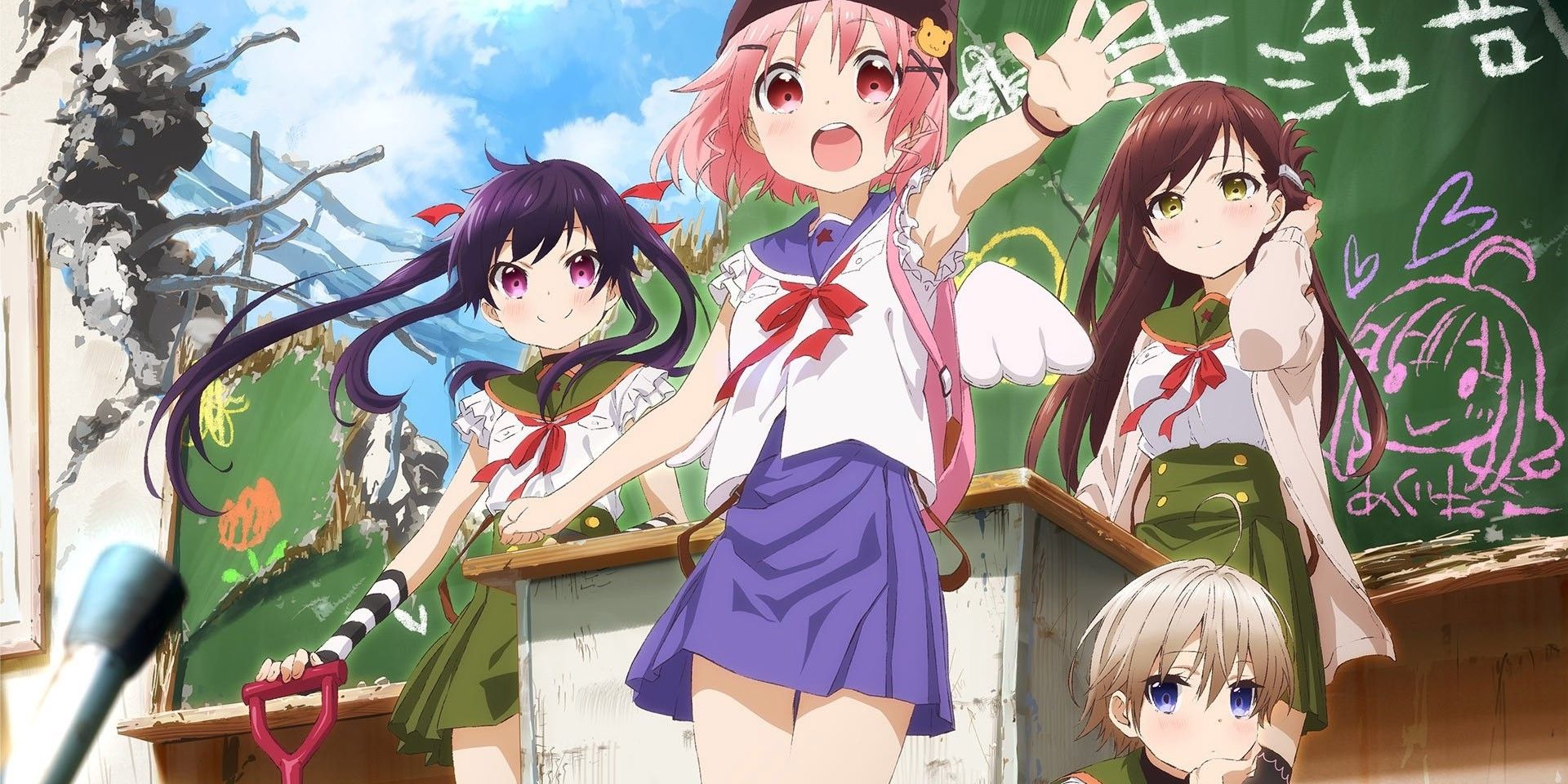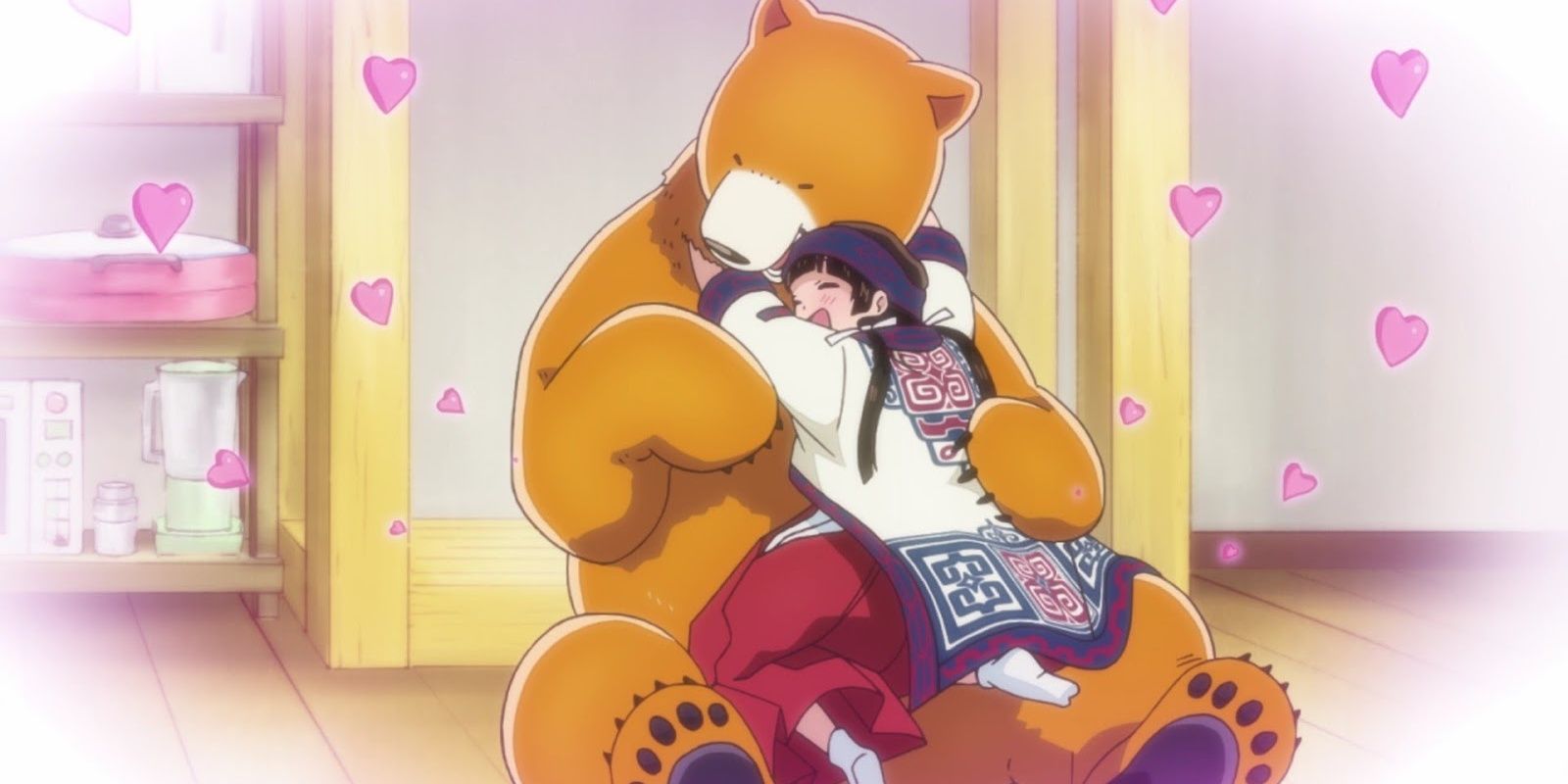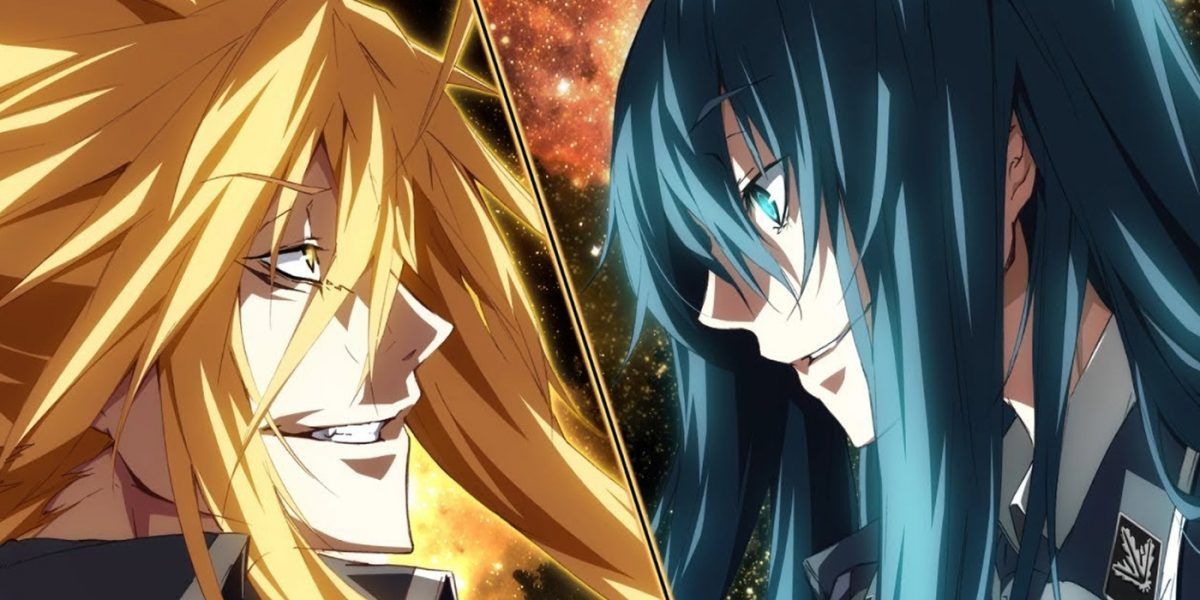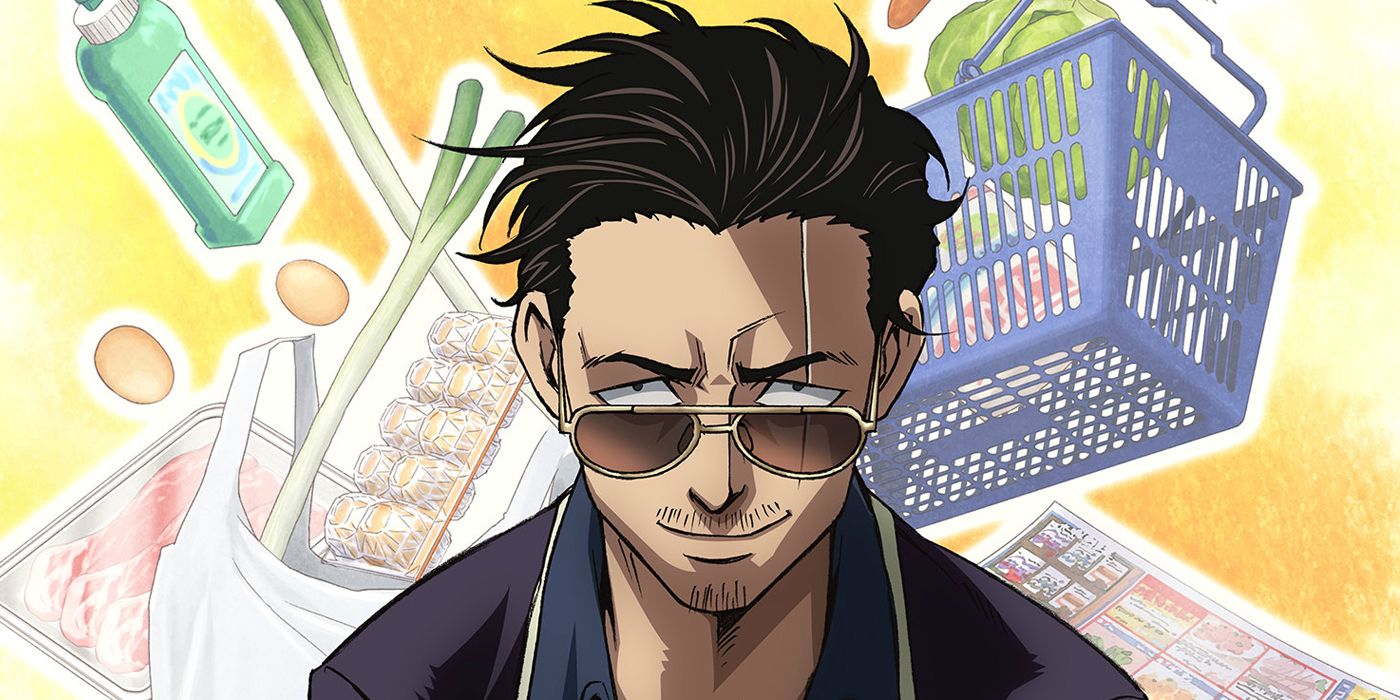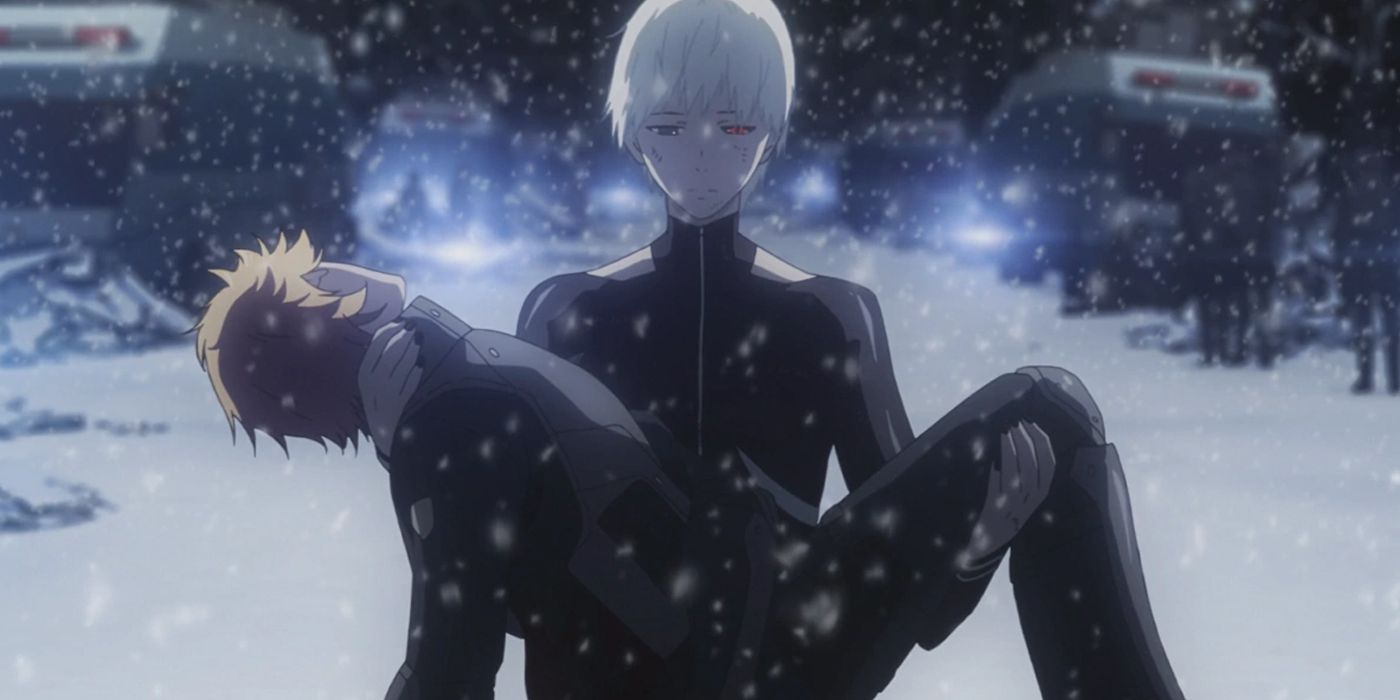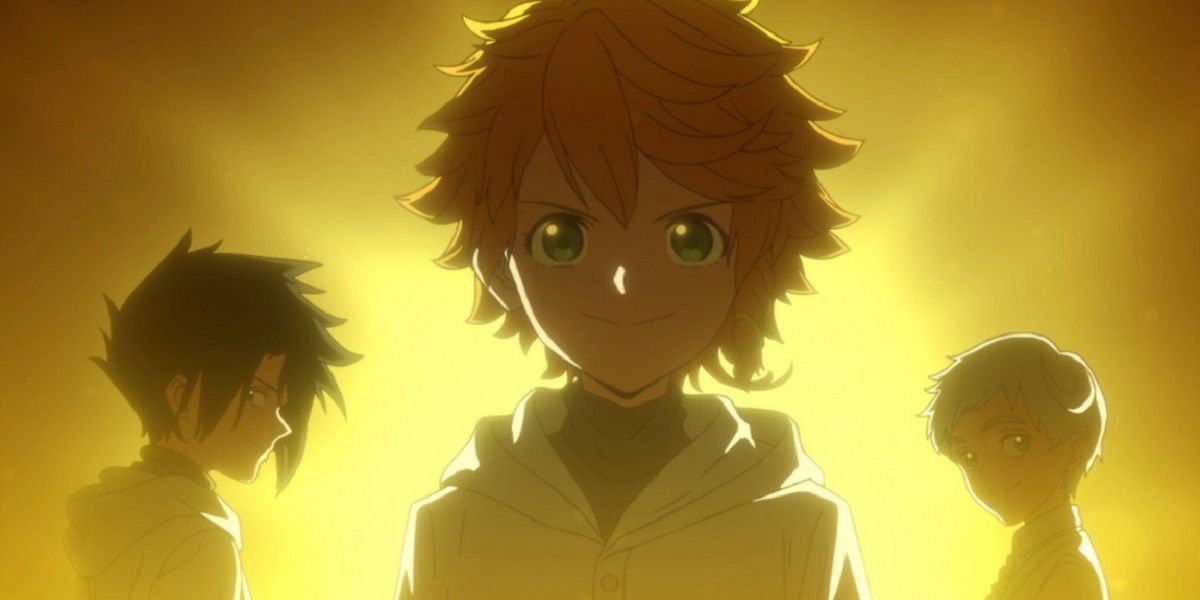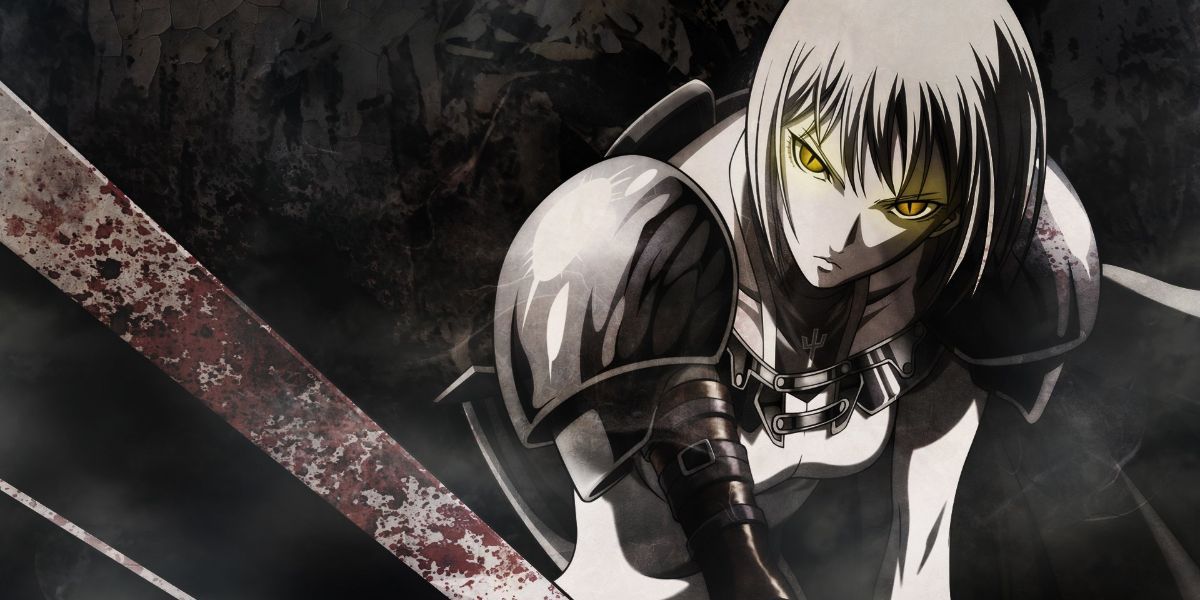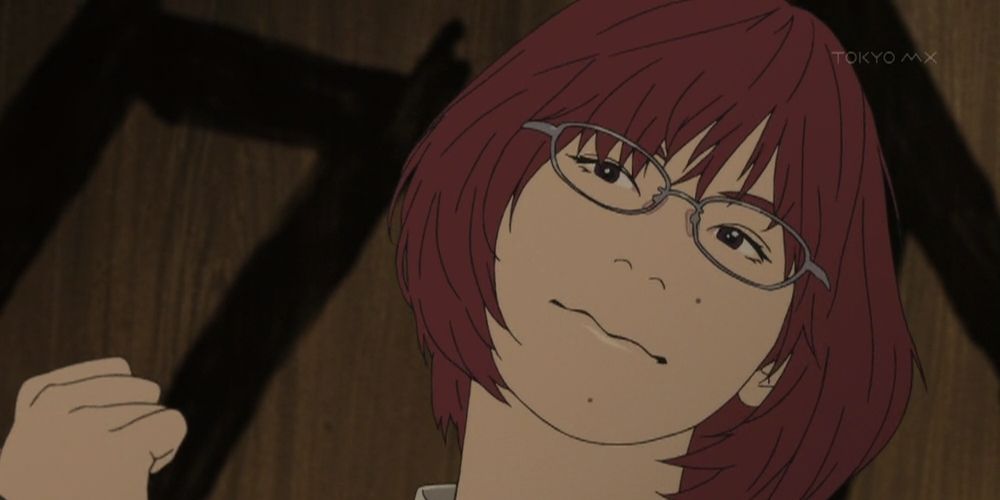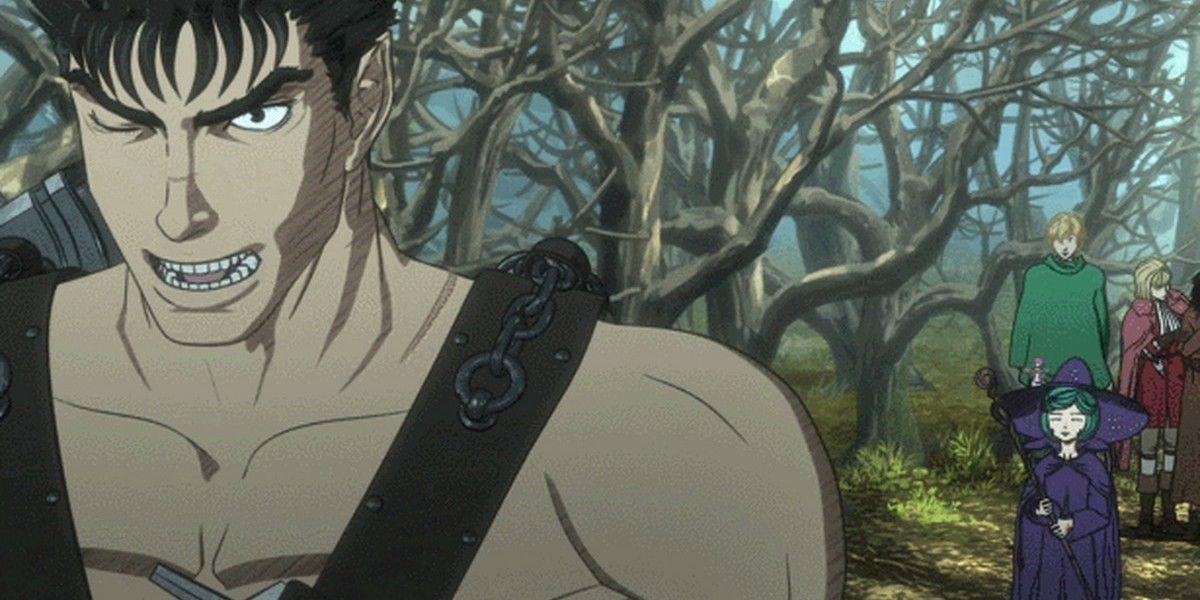While there have been plenty of anime that managed to adapt their source material fantastically (with some even ending up better than the original manga or light novels), there have also been a lot of failed attempts at retelling stories.
Sometimes, nothing in an anime adaptation seems to go right. But, on the other hand, there are anime adaptations that manage to check every box... except for one. As is so often the case in art, it's these details that can really make or break a show, and in these cases, fans would definitely say that they ended up broken.
10 Pupa Fragmented The Story
When adapting the horror manga Pupa, which tells the unnerving tale of a brother and sister infected with a disease that transforms their relationship and humanity, the creators had the perfect opportunity to create a truly terrifying horror anime.
To say that they failed would be an understatement. Pupa is the worst-rated TV horror anime of all time, according to MyAnimeList. Its problems all stem from the mystifying choice to adapt it in short, four-minute-long episodes. This approach only really works for short gag manga, and it ended up messing with the original pacing while not leaving enough time to build up any tension.
9 School-Live Added An Unneeded Mascot Character
School-Live! is an anime with one of the most unique premises out there: what at first seems to be a typical show about high school girls hanging out in a clubroom is revealed to be a psychological horror set during a zombie apocalypse.
Because both the manga and the show rely on the way they bring "cute girls doing cute things" tropes to the horror genre, the dynamics between the main characters are one of the most important things about it. Unfortunately, the anime disturbed this dynamic by introducing a completely unnecessary pet dog that stole screentime from the girls' interactions.
8 Kumamiko Had An Un-bear-able Ending
It might not have been anything groundbreaking, but Kumamiko - Girl Meets Bear spent most of its run providing viewers with a cute, funny slice-of-life story about a young shrine maiden trying to overcome her social anxiety in order to follow her dreams in the big city.
Things end on a sour note, though, when the anime adds an ending that sees protagonist Machi give up on her dreams... with the support of her supposed "friends." This ending was such a bad decision that even the author of the original manga expressed his disappointment.
7 Dies Irae Adapted The Wrong Route
Popular visual novel Dies Irae tells a story that's dramatic, romantic, full of historical intrigue, and very, very complex. Containing over 60 hours of story, the 2017 anime adaption was the perfect opportunity to create a version of the story that pulled new fans in, while leaving just enough mystery to keep them interested.
Unfortunately, rather than adapting the first girl's route, which is unanimously agreed to be the only way to play the game without getting hopelessly lost, the anime decided to choose a route players are encouraged to complete much later. The result is something totally incomprehensible to anyone except the game's fans - and even they aren't too eager to support the decision.
6 The Way Of The Househusband Chose To Change... Absolutely Nothing
Like all the best gag manga, the hilarious series The Way of The Househusband, which follows an ex-yakuza member and his newfound domestic struggles, knows how to use its medium to create jokes that work perfectly in panel form.
But, while the animated adaption offered a great opportunity for new jokes, the creators decided to simply add voices to a panel-for-panel adaption. That's right. It was an anime sans animation. This is one case where a different direction from the source material would have been better as the disappointing change came in the creative direction, rather than the content itself.
5 Kaneki Made A Poorly Thought-Out Decision In Tokyo Ghoul Root A
There are few sequel series more universally disliked by fans than Tokyo Ghoul Root A, which continues the story as a for-want-of-a-nail alternate universe: what if Kaneki had joined Aogiri Tree?
There were definitely interesting things that could have been done with this idea... but weren't. Many characters' motivations never quite seem to make sense, while others found themselves essentially written out of the series with no one in Aogiri Tree fleshed out enough to replace them. Kaneki doesn't stay with Aogiri Tree for that long, but almost every problem with Root A stems from that one decision made in the first episode.
4 The Promised Neverland Replaced Incredible Manga Moments With Still Frames
While a lot of fans took issue with the way the anime adaption of The Promised Neverland skipped whole story arcs, those big changes could have been forgiven as a way of condensing the story to the best possible version the anime could tell in a short amount of time.
The real proof of what a failure this adaption turned out to be was how it presented the story material it didn't cut out. Rather than giving the final scenes, including material as important as Emma meeting with The One and the other children learning to adapt to the human world, the attention and animation they deserved, they are reduced to single panning shots of still frames. To say this left a bad taste in fans' mouths would be an understatement.
3 Claymore Added A Terrible Original Ending
Claymore is an amazing fantasy series that gained popularity thanks to its interesting setting, great fight scenes, and a large number of awesome female characters. The anime-original ending, though, left a lot of viewers feeling let down.
Like many adaptations, the Claymore anime wasn't able to finish the manga's complete story. It also has an anime-original ending which, while common, didn't work out. The anime's creators still wanted protagonist Clare to defeat the main villain, Priscilla, but threw this in without changing anything else, erasing huge amounts of manga build-up and making Clare seem suddenly overpowered.
2 Flowers Of Evil Switched Great Art For Rotoscoping
The adaption of the psychological thriller manga Flowers of Evil became infamous for its art that was unique, but not necessarily in a good way. The original manga uses a well-executed but fairly typical art style, meaning that the darker aspects of the story hit even harder.
Meanwhile, the anime uses rotoscoped live-action, which puts its characters firmly in the uncanny valley. While some viewers thought this enhanced the atmosphere, most were put off by the ugliness of the series. Either way, it was certainly impossible to look past and ended up overshadowing the plot.
1 Beserk (2016) Chose To Use Shockingly Bad CGI
Fans of the classic manga Berserk had been waiting for another adaptation to continue the story ever since the 90s anime had left it unfinished. What might have been a triumphant return, was, however, marred by awful CGI that was a disservice to Kentarou Miura's incredible art.
With Berserk's fame and popularity, it's hard to believe that the creators of the anime were working with anything less than a large budget, making the poor animation even more unforgivable... and confusing. Their choice of style will go down in anime history as one of the most baffling choices ever made while adapting a manga.

